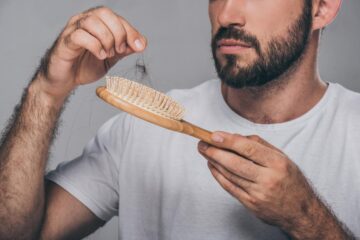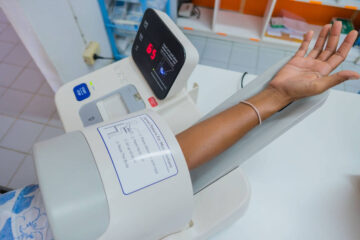Tanning is often seen as a rite of passage for summertime, but the dangers of tanning beds and other UV light sources are real. According to the Skin Cancer Foundation, melanoma is the deadliest form of skin cancer, and it’s also on the rise. Nearly 10,000 people die from melanoma each year in the United States. The good news is that it’s preventable.
Protection
Summertime is the perfect time to get outside and enjoy the weather. While getting a tan may be on your agenda, it’s important to take precautions to protect your skin from the sun’s harmful UV rays. Sunscreen should be worn every day, no matter what the weather is like. Make sure to choose a sunscreen that has an SPF of 30 or higher and is labelled as “broad spectrum”. It’s also important to reapply sunscreen every two hours, or after swimming or sweating.
In addition to wearing sunscreen, it’s important to wear protective clothing when spending time in the sun. Wear a wide-brimmed hat, sunglasses, and long-sleeved shirts and pants whenever possible. The best way to avoid sunburn is to stay in the shade as much as possible.
Choosing a Sunscreen
When it comes to sunscreen, most people think that any old product will do the trick. However, this is not the case. Sunscreen is a specialized product that should be chosen according to your needs.
First and foremost, you want to make sure that you are using sunscreen with SPF 30 or higher. This will help protect your skin from the sun’s harmful UV rays.
Secondly, you’ll want to choose a sunscreen that is broad-spectrum. This means that it will protect you from both UVA and UVB rays.
Thirdly, you may want to choose a sunscreen that is water-resistant. This will help keep your skin protected even if you’re sweating or in the water.
Timing
There is much debate over when the best time to tan is – morning or evening. The answer may depend on the person’s skin type and how intense they want their tan.
Tans achieved in the morning are likely to be less intense than those achieved in the evening because the sun’s rays are less intense at that time of day. Morning tanners should take extra precautions to protect their skin from the sun’s harmful UV rays, such as wearing sunscreen and staying in the shade when possible.
Evening tanners have the advantage of sun exposure when the sun’s rays are most intense, which can lead to a deeper, darker tan. However, they also need to take precautions against skin cancer and premature ageing by using sunscreen and avoiding overexposure.
Location
When the weather is nice, many people like to go outside and enjoy the sun. However, it’s important to be safe when tanning. One way to do this is to stay in the shade as much as possible. You can also use a sun umbrella to protect yourself from the sun’s rays.
Both methods are effective at keeping you safe from the sun. However, staying in the shade can be a bit more difficult because you have to find a shady spot and then stay in that spot. Sun umbrellas are available in a variety of sizes, so you can find one that will fit your needs.
Sun umbrellas are also easy to use. All you have to do is open it up and put it over your head. This will protect your skin from the sun’s rays.
Avoid Tanning Beds
There’s a reason dermatologists consistently warn people against using tanning beds – they’re dangerous. Tanning beds emit UVA and UVB rays, which can cause skin cancer. In fact, the United States Department of Health and Human Services (HHS) has declared that tanning beds are “carcinogenic to humans.” Despite this warning, many people continue to use tanning beds. A study from the Centers for Disease Control and Prevention (CDC) found that more than 30 per cent of adults aged 18-29 had used a tanning bed in the past year. And while the percentage of adults using tanning beds declines with age, those over 50 are still more likely to use a tanning bed than not. There are safer ways to get a sun-kissed look without risking your health.
Also Read: Tips For Better Sleep


